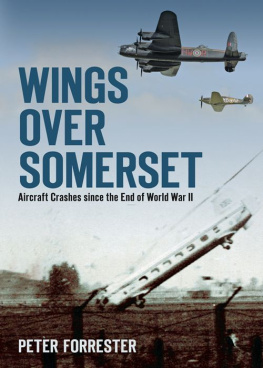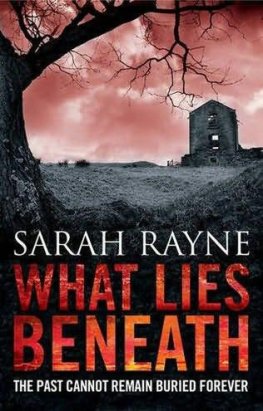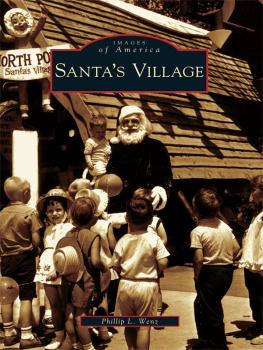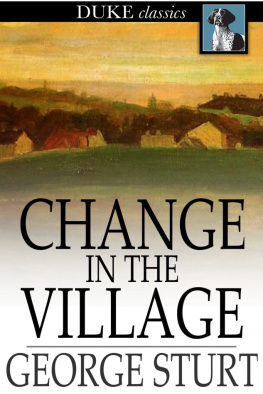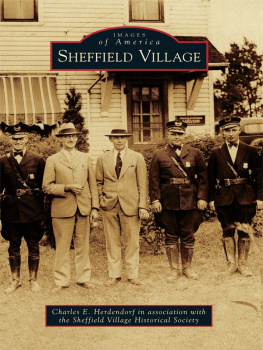CONTENTS
Abbreviations
| A.E.W. | Airborne Early Warning |
| A.H. | Army Helicopter |
| A.O.P. | Air Observation Post |
| B. | Bomber |
| F.A., F/A | Fighter Attack |
| F.A.W. | Fighter All-Weather Attack |
| F.B. | Fighter Bomber |
| F.G.A. | Fighter Ground Attack |
| G.A. | Ground Attack |
| G.R. | Ground attack, Reconnaissance |
| H.A.R. | Helicopter Air Rescue |
| H.A.S. | Helicopter Anti-Submarine |
| H.U. | Helicopter Utility |
| N.F. | Night Fighter |
| T. | Trainer |
Aircraft Accidents Categories
Category 1: The damage is repairable within established first-line resources.
Category 2: The damage is repairable within established second-line resources.
Category 3: The damage is repairable on site, but is beyond unit technical resources. Assistance from a repair and salvage unit or civilian contractor is required.
Category 4: The damage is not repairable on site, and the aircraft must be removed to an established repair depot or civilian repair organisation.
Category 5: The aircraft is damaged beyond economic repair or it is missing.
Ranks
The ranks shown of officers and other ranks were the ranks they held at the time. They may also have been either local, acting or substantive ranks. The ranks do not necessarily show the final rank of the officer on completion of his or her service.
In 2008, I decided to leave something behind for my two grandchildren to remember me by. My intention was to remind them of their grandfather and maybe generate a fond smile or so in my remembrance. With luck my grandson, Alexander Peter, might at least raise a glass of cider to me when I am at the long bar of heaven; I will be certainly raising my glass to him and his sister, Jessica Lily. After all, by the time they are both old enough to have really got to know me I shall have probably kicked off my mortal coils and raised myself up to a higher level of flight, God willing.
I resolved to write down an account about my youth and leave it as a testament to the golden days that have all too swiftly passed me by. My idea was that in the years to come they may be interested to know how children lived in the 1950s and the 1960s, and perhaps pass it on to their children, and even their childrens children. These memories were recorded in When Grandpa was a Child .
As time progressed, I jotted down my thoughts each and every night. A strange and sublime thing then occurred. I begrudgingly began to acknowledge the hidden memories that I had successfully locked away in my sub-consciousness; particularly those surrounding the deaths of so many RAF and Royal Naval servicemen. During the 1950s I recall that these gladiators of the sky were flying the exciting and new fast jet aircraft of the era; in particular the Vampire with its strange boom tail and the twin-engine Meteor jet aircraft.
As a young child, I often witnessed these fearless young airmen soaring high in the sky above my home village of Ilton, near Ilminster, in Somerset. These exciting events occurred during every single day and night. On reflection, I can also remember seeing aircraft occasionally tumbling from the sky, some of them streaming a huge plume of flame behind them. I also recall pilots being buried at the cemetery in Ilton. The 303 rifles of the Honour Guard firing a volley, the smell of burning gunpowder, the sounding of the last post and crying women are poignant reminders that remain with me to this very day. One day in 2009, I returned to my home village to check on what I thought I had remembered.
I left a thoroughly disheartened and saddened man at the sight of the graves of these brave young men who had so freely given their lives for their country. They are remembered on no war memorial. I jotted down their names, took some pictures and thought that it would be enough. But of course, it wasnt.
I started delving into the aircraft accidents that had happened in and around Somerset since the end of the Second World War. I was shocked and saddened at what I discovered. What I have learned, I now share with you.
Why did so many jet aircraft accidents occur in Somerset in the 1950s and 1960s? To put it in context, the Royal Air Force (RAF) and the Royal Navy (RN) were much larger organisations in those days. The civilian world stayed with the piston-engine aircraft for a much longer period than the military, so there were fewer civil-registered aircraft crashes.
The military flying instructors were also men who had survived the Second World War and who had received their baptism of fire whilst flying piston aircraft. They were just not used to the fast jets and the speed in which sometimes irreversible events could happen.
When acquiring a target from the cockpit of a piston-engine plane the pilot had plenty of time to look around and locate it. The speed of the fast jet did not afford them this luxury, and many pilot error accidents occurred when the pilot simply flew his aircraft into the ground.
Another factor was the Korean War. There was a great urgency to convert piston fighter pilots to the jet fighters and the transition to this mostly outweighed the safety aspects. There was no Health and Safety at Work Act (H&SAW), and the Ministry of Defence (MoD) claimed Crown Exemption at that time and could not be sued for negligence.
Air safety in military aircraft, which included the standard fitting of ejector seats and the engineering out of defects, eventually began to make a marked difference on the high rate of attrition amongst the pilots and crew of the RAF and the Royal Naval Air Service (RNAS). This is not to forget the Army Air Corps, whose transition into the jet age took longer to accomplish. In addition, the introduction of ground trainers during the advent of the computer age also allowed pilots to encounter conditions that hitherto they would only have actually experienced whilst physically flying an aircraft.
As a fall out from these improvements, the safety of civilian aircraft was also considerably improved. On the down side, civil jet aircraft were very much at the cutting edge of new technology and as such many accidents occurred before what caused them could be ascertained.
The most significant military aircraft disasters that caused the most fatalities throughout the UK and in and around Somerset occurred during the early 1950s. These happened in the very first jet training aircraft that were available for pilots to train in: the Meteors and the Vampires.
Again, speed was a major factor. There were also many reported incidents of aircraft colliding with each other, usually with catastrophic results. Air-traffic control, too, had to change its procedures rapidly to reflect the speed at which the modern aircraft approached an airfield or airport. Gone were the luxuries of having ample time to vector and direct an aircraft safely in to an airfield. With modern jets nearing a landing zone at such high speeds, probably travelling at 6 miles a minute or so, it is quite easy to understand the control difficulties experienced in the very early days of jet aircraft.
Jet aeroplanes were still in their infancy and crashes were a commonplace, almost everyday event. Unless an aircraft happened to fall into your back garden or near you it would be most unlikely for you to hear about it. The Royal Navys Sea Vixen aircraft lost more than fifty air crew, killed in major accidents around the world between 1962 and 1970 quite a high rate for a specific aircraft type but a lot of these crashes took place at sea and out of sight, and also out of mind, of the general public.

